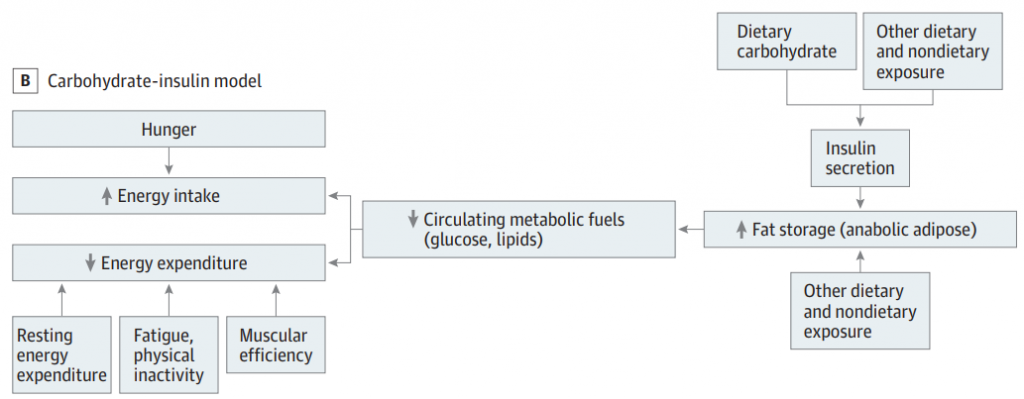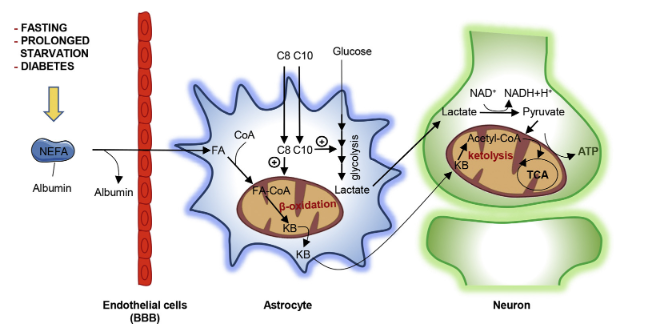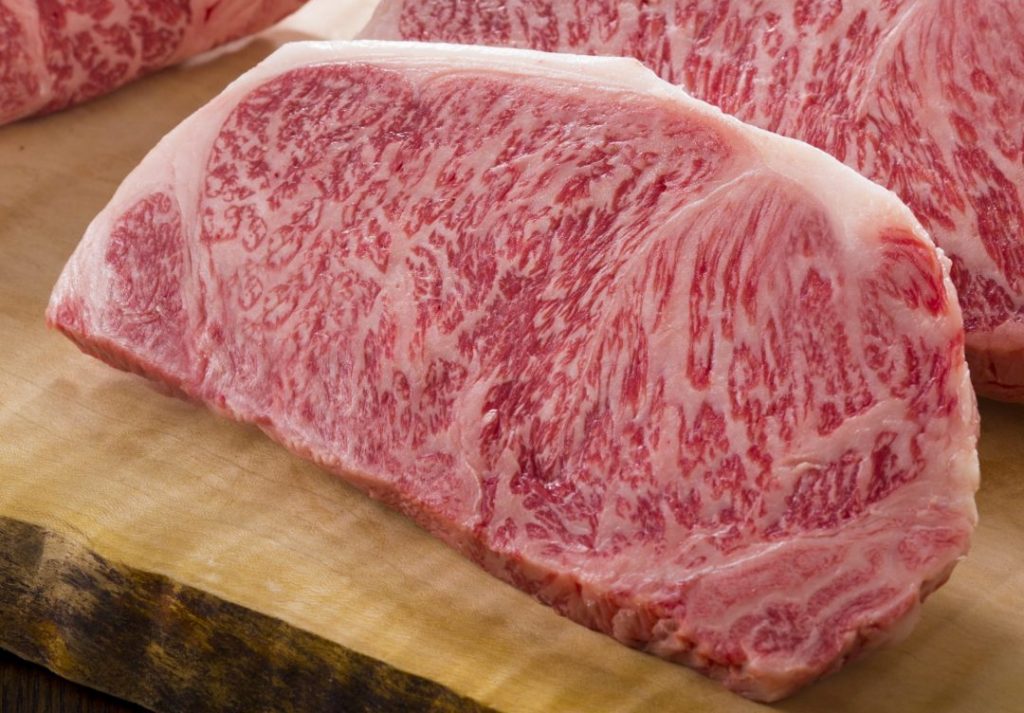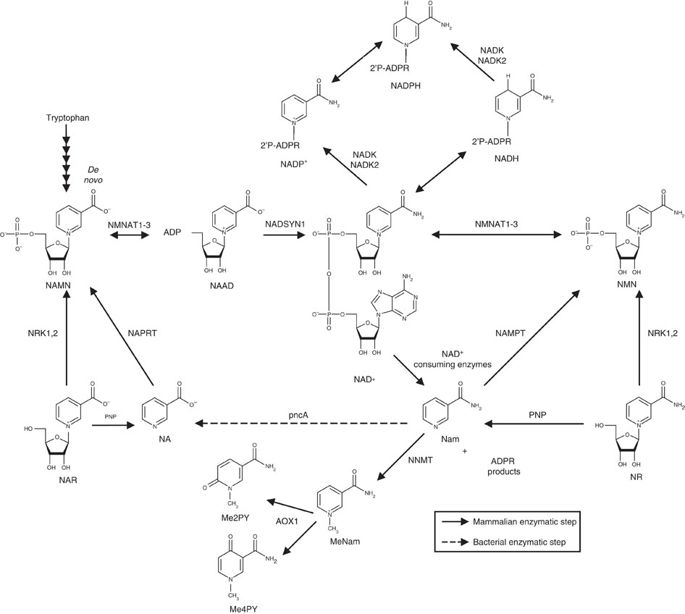Part 1 HERE
Now on to the [mostly] human studies –
Low level laser therapy (LLLT), also known as photobiomodulation, is the use of low-energy red, near-infrared, and infrared light to treat a variety of health conditions like pain and inflammation but it can also be used to improve physical performance.
Introduction
Essentially, a low-powered laser or light-emitting diode (LED) is used to shine a specific wavelength of light onto the skin of a patient to elicit certain physiological effects in the underlying tissue without causing any damage. Some examples of conditions often treated with LLLT include rheumatoid arthritis, chronic neck and back pain, periodontitis, and muscular injuries.
The light source may be in the form of a laser or LED and the wavelength of light produced usually falls into the range of 660 nm (red) or 800-900 nm (near-IR/IR) [R, R].
Treatment sessions are usually short, lasting only seconds to minutes in duration, and are usually conducted every other day for weeks to months.
Surprisingly, unlike many other treatment modalities used to address similar conditions, there are virtually no reported side effects from LLLT.
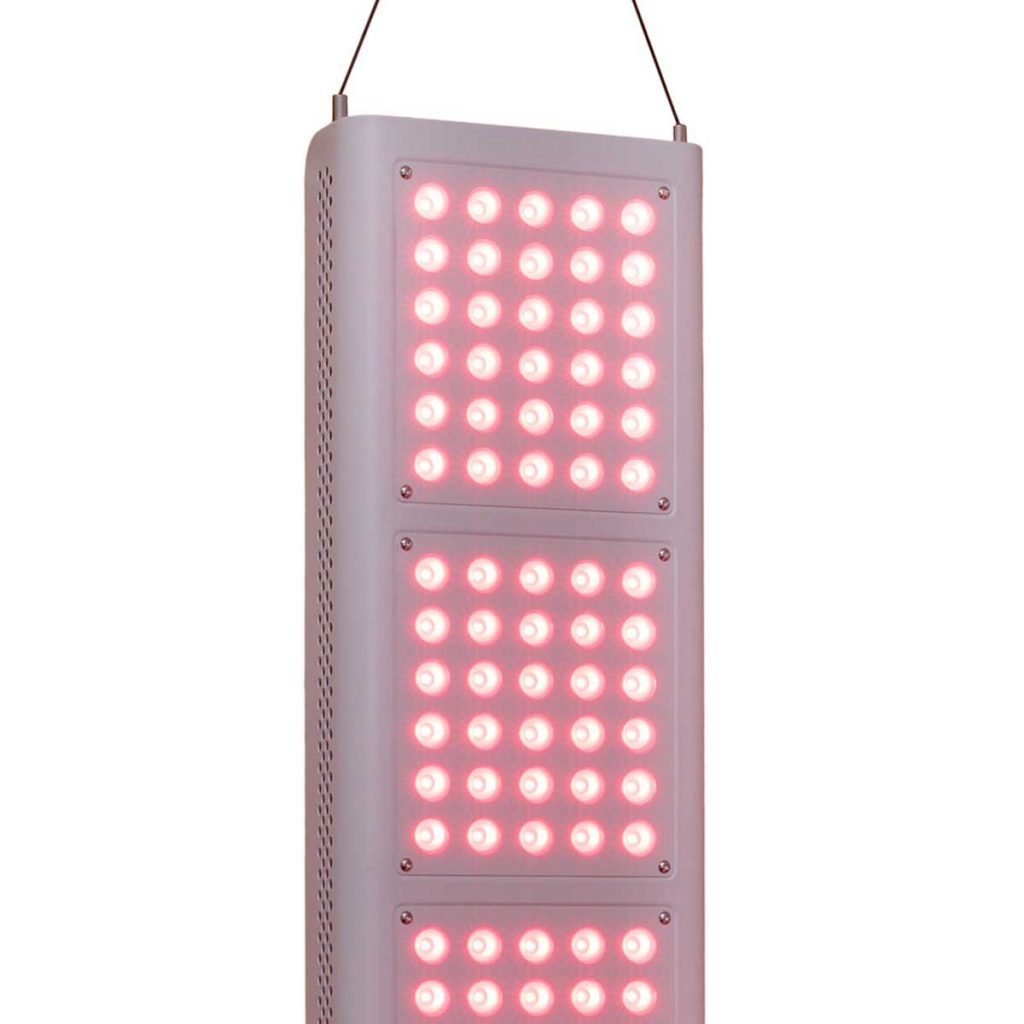
Effects of PBM/LLLT
Inflammation
One study examined post-injury pain and recovery time in athletes who were treated with an average of four 20-minute sessions of infrared light therapy and compared them to historical values [R]. The average recovery time in athletes treated with LLLT was significantly shorter at 9.6 days when compared to the average anticipated recovery time of 19.2 days.
A review on muscle repair in animal models concluded red light therapy has the capacity to reduce inflammation, positively impact growth factors, and increase angiogenesis [R]. One animal study showed that LLLT reduced inflammation in an injured muscle [R].
A well-known effect of chemotherapy is oral mucositis, which is inflammation that results in the breaking down of the lining of the mouth. A systematic review concluded LLLT significantly reduced the incidence and severity of chemotherapy-induced oral mucositis [R].
A study on chemotherapy patients showed a significant reduction in self-reported pain with LLLT [R].
For pain, physical performance, skin & hair and more, head over to Patreon! Five bucks a month for access to this and all previous articles. It’s ad-free and you can cancel if it sucks 🙂
These pork rinds are the bomb. Seriously! And if you like spicy… the former are a little heavier and don’t have a spicy option [yet]
For personalized health consulting services: drlagakos@gmail.com.
Affiliate links: Still looking for a pair of hot blue blockers? TrueDark is offering 10% off HERE and Spectra479 is offering 15% off HERE. Use discount code LAGAKOS for a deal on CarbonShades. If you have no idea what I’m talking about, read this then this.



